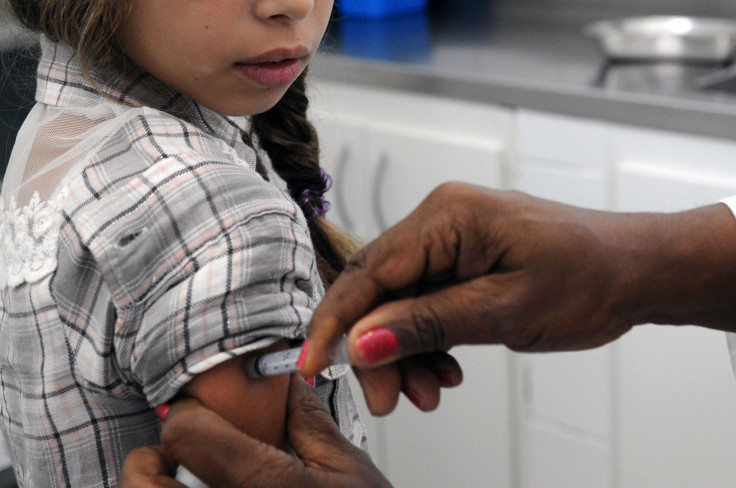What Is HPV? 5 Facts vs. Myths About Human Papillomavirus

Human papillomavirus, or HPV, is a sexually transmitted microbial baddie that’s earned a lot of attention in recent years, largely due to the release of a vaccine designed to protect us from its most devastating health consequences: An increased risk of developing certain types of cancer. In honor of this spotlight, let’s take a look at some of the most common myths people still have about HPV.
Only Some People Are At Risk
Like most sexually transmitted diseases, HPV doesn’t discriminate. Though wearing protection can help prevent infection, the simple truth is that nearly every sexually active person, man or woman, will contract some form of HPV in their lifetime. In fact, it’s actually the most common sexually transmitted infection around, though few people are actually diagnosed with it. That’s because only certain strains are capable of causing the most visible sign of HPV infection, warts around the genitals, mouth and anus. Speaking of…
Getting Genital Warts Is A Risk Factor For Cancer
HPV comes in many different flavors; at least 100 related strains, with 40 or so capable of being sexually transmitted. Some strains can cause warts, particularly when someone is already sick or has a weak immune system, and some strains can trigger minute changes to our cells that make them vulnerable to becoming cancerous. But these strains aren’t the same. Unfortunately for us, we’re more than capable of picking up more than one strain of HPV, and some studies estimate that happens in nearly 50 percent of HPV cases.
HPV Is Only Linked To Cervical Cancer
Upwards of 12 HPV strains are known to increase the risk of cancer, with 70 percent of all cases of cervical cancer cases directly linked to infection by HPV types 16 and 18. But if these HPV types makes their home elsewhere in the body, such as the anus, they can up our cancer risk in that body part too. While HPV most commonly causes cervical cancer, it can also cause cancer of the mouth, throat, anus, vagina, and penis. All told, 5 percent of all cancer cases worldwide are linked to HPV, according to the National Cancer Institute.
The Vaccine Should Only Be For Girls
When the vaccine was first released to the public in 2006, it was advised that only teenage girls obtain it, given their risk for cervical cancer. In recent years, however, organizations like the Centers for Disease Control and Prevention and the American Cancer Society have recommended that teenage boys also receive the vaccine.
Unfortunately, only one-half of teenage girls and one-third of boys have received at least one shot (out of three) of the vaccine. Currently there are three major types of the vaccine, with the latest version capable of protecting against 9 different HPV strains.
The Vaccine Isn’t Worth It
Despite the so-far modest uptake of HPV vaccination, a recent study in Pediatrics found that the vaccine has cut rates of infection with four types of cancer-causing HPV among teen girls by 64 percent compared to the years before the vaccine, and by 34 percent among girls aged 20 to 24. Other studies have shown that even unvaccinated men are coming down with less HPV, thanks to herd immunity. Though it may take decades to see the full benefits of HPV vaccination, scientists are already encouraged by these early successes.



























